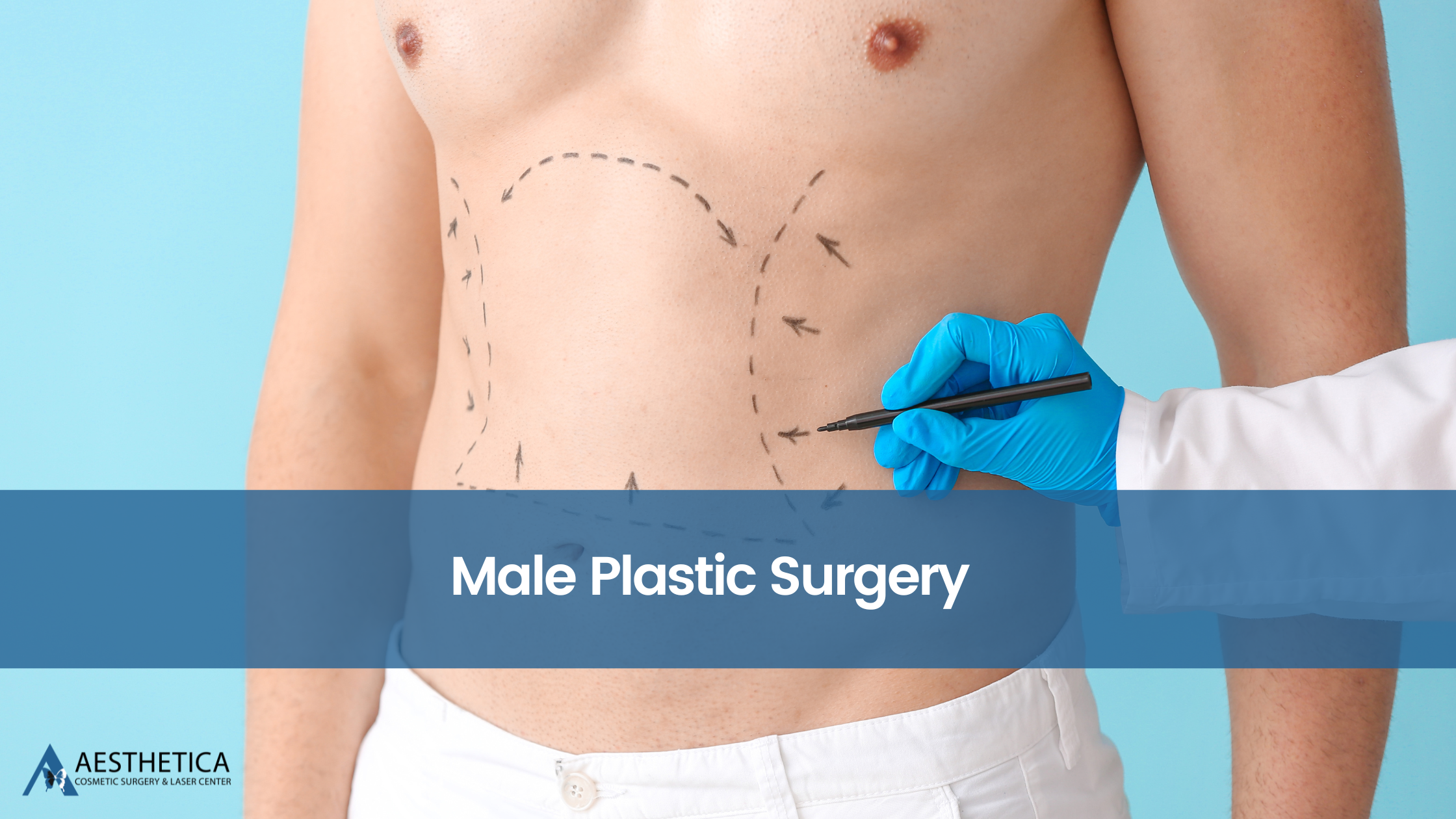What Is the Difference Between a Mini Facelift and a Full Facelift?7 min read

Caroline Hedges

Jane is a lovely lady who’s been noticing some facial imperfections. Now, she’s considering a mini facelift or a full facelift to turn back the clock. With so many factors to think about, she’s seeking the expertise of a top-notch, board-certified plastic surgeon like Dr. Phillip Chang from Aesthetica to help her make the right choice. Together, they’ll discuss her concerns, goals, and expectations to find the perfect treatment plan that’ll have her looking and feeling her best in no time!
What Is a Mini Facelift and How Does It Differ From a Full Facelift?
A mini facelift, sometimes called a “weekend facelift,” is a minimally invasive cosmetic procedure that targets the lower part of the face, like the jawline, jowls, and neck. It’s called a “mini” facelift because it focuses on a smaller area and is less extensive than a full facelift.
Now, let’s talk about the full facelift. This is the more comprehensive approach to facial rejuvenation, and it targets the entire face, from the forehead to the neck. A full facelift involves more incisions, a longer recovery period, and provides more dramatic results compared to a mini facelift.
So, how do they differ? Well, the main differences between a mini and a full facelift are the areas they target and the extent of the surgery. While a mini facelift is perfect for someone with mild to moderate sagging in the lower face and wants a quicker recovery, a full facelift is better suited for patients looking to address more severe signs of aging across the entire face.
Both procedures can give you a more youthful and refreshed appearance, but it’s essential to consult with a board-certified plastic surgeon to determine which option is the best fit for your needs and goals!
Benefits and Risks of Mini Facelift and Full Facelift
A mini facelift is a less invasive option compared to a full facelift. Its main benefit is that it offers a quicker recovery time, so you’ll be back on your feet faster!
Plus, mini facelifts are more affordable and require smaller incisions, meaning there’s less scarring. It’s a great option if you’re looking to address early signs of aging or just want some minor improvements!
There are some risks associated with mini facelifts, such as bleeding and potential nerve damage. Fortunately, however, these risks are rare, and Dr. Chang will know how to best minimize them.
On the other hand, a full facelift provides more comprehensive results, addressing sagging skin, deep wrinkles, and jowls. It can give you a more youthful appearance and last longer than a mini facelift. It’s also a preferable option if you have more advanced signs of aging you wish to tackle.
However, with a full facelift comes a longer recovery period and potentially more swelling and bruising.
What To Expect During a Mini Facelift Procedure
First things first, Dr. Chang will provide oral sedation or anesthesia to make sure you’re all comfy and pain-free during the procedure. You might be completely asleep with general anesthesia or just super relaxed with some local anesthesia and sedation.
Once you’re all set, Dr. Chang will make small incisions around your ears or hairline. These incisions are way more discreet than those in a full facelift, so that’s a big plus! Through these incisions, Dr. Chang will work his magic, tightening the underlying tissue and muscle to give your face a nice lift!

After all of that, Dr. Chang might remove some excess skin or reposition it to create a smoother, more youthful appearance. Once everything is looking fabulous, he will close the incisions with sutures, and voilà — you’ve got yourself a mini facelift!
The whole procedure usually takes around one hour, but it could be shorter or longer depending on your specific needs and goals.
After the surgery, you’ll probably experience some swelling, bruising, and discomfort, but it should be manageable with pain medication and ice packs. Most patients can return to their daily activities within a week or so, but Dr. Chang and his team will give you specific instructions on dos and don’ts during your recovery!
Full Facelift Techniques and Recovery Time
Full facelift techniques vary depending on your individual needs and Dr.Chang’s preferred approach. Some common techniques include the traditional facelift, SMAS (superficial musculoaponeurotic system) facelift, and deep-plane facelift.
In a traditional facelift, Dr. Chang makes incisions around the hairline and ears, then lifts and tightens the skin and underlying tissues to give your face a fresher and more youthful appearance.
The SMAS facelift focuses on tightening the SMAS layer (i.e., a network of muscles and connective tissue under the skin). By lifting this layer, Dr. Chang can create more natural-looking and long-lasting results!
The deep-plane facelift is a more advanced technique that involves lifting and repositioning the skin, fat, and muscle layers all at once. This technique can give you even more dramatic and long-lasting results, but it’s also more complex and has a higher risk of complications.
Now, let’s talk about recovery time! After a full facelift, you can expect some swelling, bruising, and discomfort. You’ll probably need to take it easy for the first couple of weeks, avoiding any strenuous activities and following Dr. Chang’s instructions for post-op care. He might also give you pain medication and suggest using ice packs to help manage any discomfort.
Most patients return to work and their daily routines after about two to four weeks, but it’s essential to listen to your body and not push yourself too hard. Full recovery can take a few months, and during this time, you’ll notice the swelling and bruising gradually subside, revealing your amazing results!
Factors To Consider When Deciding Between a Mini and a Full Facelift
First and foremost, think about your main concerns and desired results. A mini facelift is great for addressing early signs of aging, like mild sagging and loose skin around the lower face and jawline. But if you have more advanced signs of aging or want more dramatic results, a full facelift might be the way to go, as it can address the mid-face, cheeks, and neck, too.
Next up, let’s talk about recovery time. A mini facelift usually has a shorter recovery period, with most people getting back to their daily routines within a week or two. On the other hand, a full facelift can take two to four weeks before you’re ready to return to work and normal activities. So, if you have a busy schedule or can’t take much time off, a mini facelift might be a more convenient option.
Cost is another important factor to consider. Mini facelifts tend to be more affordable than full facelifts because they’re less invasive and don’t require as much time in the procedure room. But remember, you’ll want to weigh the cost against the results you’re hoping to achieve. If a full facelift will give you the results you desire, it could be worth the extra investment.
Lastly, don’t forget to think about your personal comfort level with surgery and potential risks. Both mini and full facelifts have their share of risks and complications, but full facelifts are generally more involved and have a slightly higher risk profile due to the extent of the procedure.
Achieve Your Desired Look: Consult With Dr. Chang Today!
Ready for the ultimate facelift experience? Meet us at 19500 Sandridge Way, Suite 350, Leesburg, VA 20176, or call us at (703) 574-4342 for a complimentary consultation with Board-Certified Plastic Surgeon Dr. Phillip Chang before moving forward with your procedure! If everything matches up, our team will help you navigate the entire process from beginning to end! Also, remember to check out our blog and social media for more information on plastic surgery and plastic surgery trends!
Let Us Help You!
Our office can provide you with helpful information, schedule a free consultation, and walk you through the many services and procedures we provide.
Contact Dr. Chang's Office:
More Articles For You

When Do Boobs Stop Growing? Finding the Perfect Time for Breast Surgery
Ever wondered when your boobs finally decide to take a break from growing? Or you’re
Are Silicone Injections in Buttocks Safe?
In today’s world, where the aesthetic appeal of one’s body can often feel as though

Does a Mommy Makeover Include BBL?
Many women look forward to the blessings of motherhood. Having a child is a very

Male Plastic Surgery: Before and After
Women aren’t the only ones who want an aesthetically pleasing body. Men do too. And
